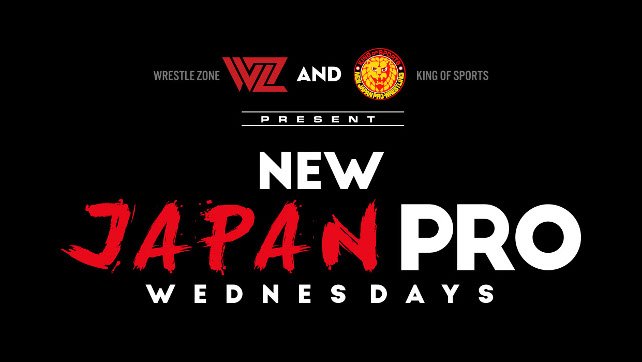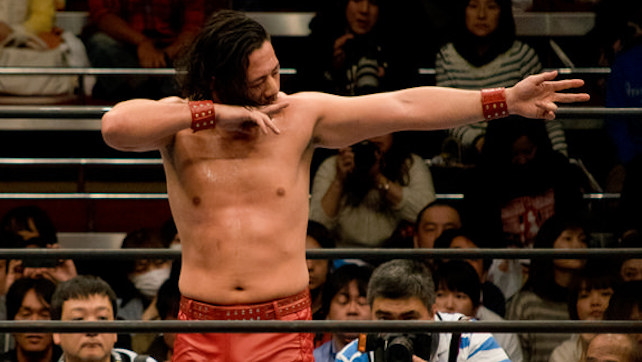
‘King of Strong Style’ Offers A Unique Lense On A Trying And Crucial Time In The History Of Puroresu
Book Review- King of Strong Style: 1980-2014 by Shinsuke Nakamura
By Ross Berman
An oral history is a tricky story to tell coherently. Some, like Live From New York: The Complete, Uncensored History of Saturday Night Live as Told by Its Stars, Writers, and Guests by James Andrew Miller & Tom Shales, can be so brimming with names and dates and monologues that it creates a deluge in the reader’s brain, causing salient details to be lost in the flood of information. Then there are oral histories like Please Kill Me: The Uncensored Oral History of Punk by Legs McNeil & Gillian McCain or Rip It Up and Start Again: Postpunk 1978-1984 by Simon Reynolds, that are full of half-histories, with most of the details lost to time and hard drugs. Refreshingly, like the subject, King of Strong Style: 1980-2014 by Shinsuke Nakamura does not fall into the traps of those that came before him.
The most intimate wrestling memoir in recent memory, King of Strong Style leaves no stone unturned. Nakamura comes off as both forthright and cagey. He touches on every topic from “being very girly” in his childhood to his father’s death to the tears he shed after his Tokyo Dome loss to Brock Lesnar, but does so with in a wry, slippery way that leaves the reader wanting more.
Nakamura is credited as the author, but the entirety of the book is an interview conducted by Yu Suzuki. Well studied to the point of even surprising the interview subject himself, Suzuki does an expert job of using just one or two sentences to pull full paragraphs out of Nakamura, on topics such as his reaction to being voted the Wrestle Kingdom 8 main event in 2014 and even his childhood love of Gundam SP. A seemingly daunting task, covering Nakamura’s rise to prominence among Hiroshi Tanahashi & Katsuyori Shibata, is made simple through the straightforward interview style of the book, and the peppering of pictures throughout the pages help provide proper context. At times the book can feel like a documentary, or a podcast with visual aids.
This density can also be the book’s weakness, as much of the history can feel impenetrable at times to those that are casual New Japan fans. While names like Tanahashi, Shibata, & Hirooki Goto make for fun cameos, things like early-00s MMA history and Nakamura learning the art of being a dandy from Osamu Nishimura might not land with every reader.
Keeping the focus on Nakamura’s own words helps shed light on one of New Japan’s darker times. A longtime New Japan fan, Nakamura transcended New Japan’s MMA-influenced doldrums to eventually reignite the promotion’s creative fire. Alongside Tanahashi, Nakamura was responsible for making the annual Tokyo Dome shows the colorful spectacles they were when he was a young fan, and Nakamura provides readers a first hand account of the legends, executives, and future stars that he encountered along the way.
Much like Nakamura confidently struts the line between artist and athlete, here he is equal parts raconteur and friendly acquaintance. King of Strong Style: 1980-2014 is a unique lens on a trying and crucial time in the history of Puroresu. It is a must read for every New Japan Pro Wrestling fan and a comprehensive primer for the most unique wrestler of this early century.
The English translation of King of Strong Style: 1980-2014 by Shinsuke Nakamura is available for pre-order at kossbooks.com
NEXT PAGE: Lion’s Gate Results, News, More





